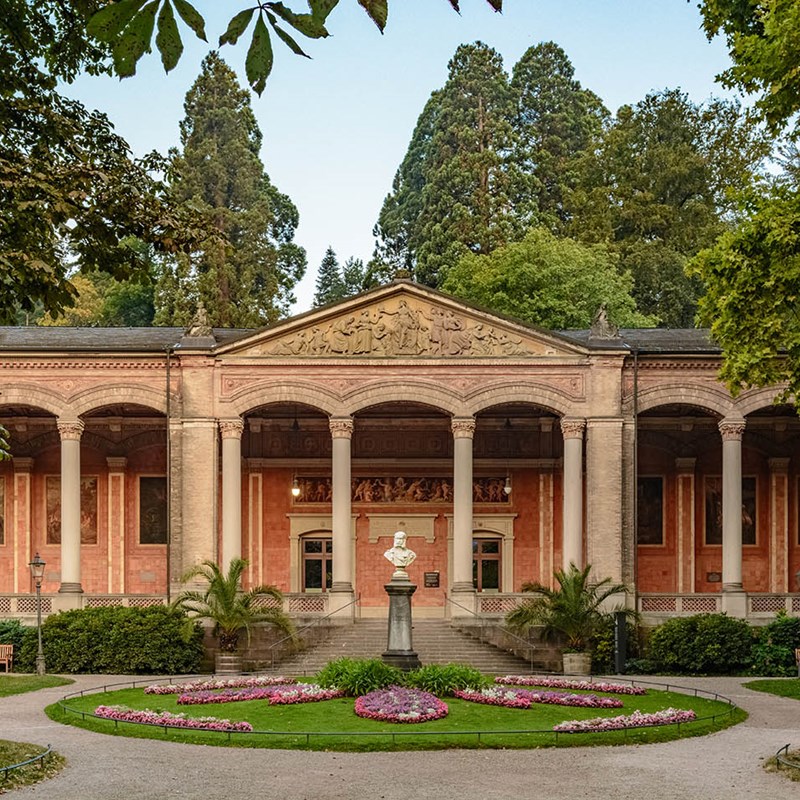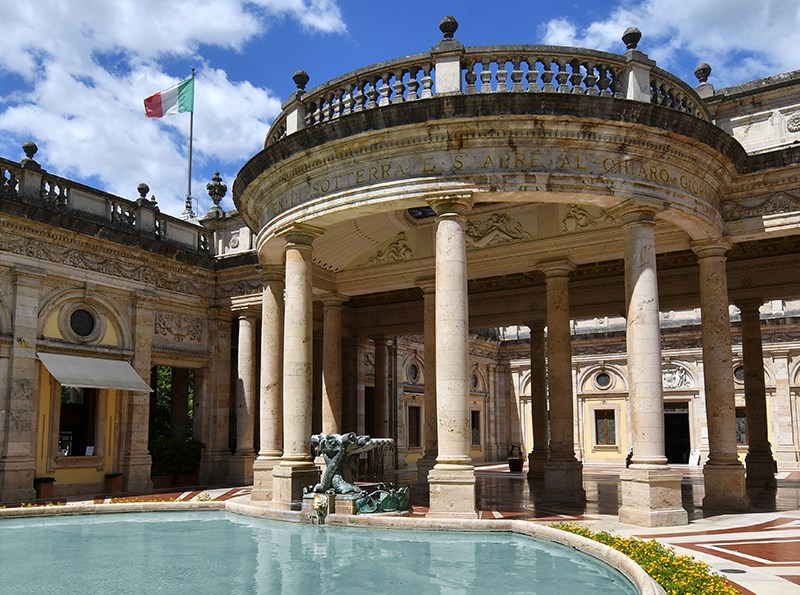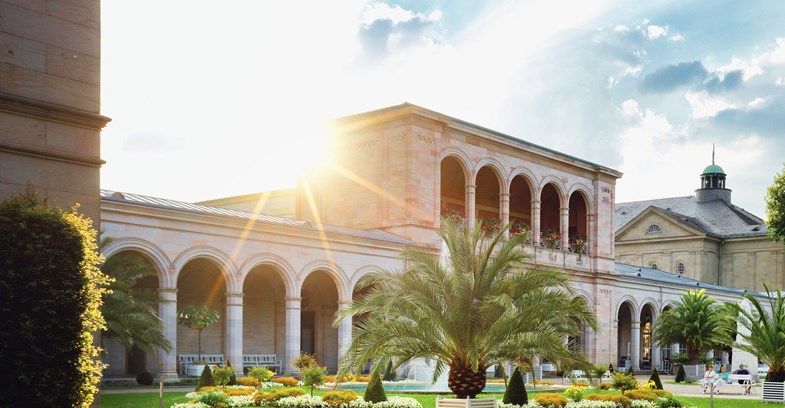The continuing living tradition of the Great Spa Towns of Europe is as important today as it has ever been, specifically when considering the new-found post-pandemic emphasis on mental and physical health and well-being.
Eleven famous spa towns in seven countries, which were inscribed on the World Heritage List in July 2021 as the Great Spa Towns of Europe.
What is the Great Spa Towns of Europe?
The Great Spa Towns of Europe is a World Heritage Site comprising eleven famous spa towns in seven countries which together represent the heyday of the European spa phenomenon, rooted in antiquity and having a global influence – they gained their highest expression between 1700 and 1930.
These great spa towns capture the most fashionable, dynamic and international health resorts which developed around natural mineral water sources. They created an urban typology with a specific form, function and remarkable architecture that has no earlier parallel, all set within a unique therapeutic landscape dedicated to ‘taking the cure’, relaxation and enjoyment – these Great Spa Towns of Europe pioneered nascent modern tourism.
As innovative centres for medicine, balneology and leisure the Great Spa Towns of Europe embodied the philosophy of the Enlightenment and established the concept of what we now call a welfare state, with health care being made available for all. As elite places in terms of scientific, political, social and cultural achievements, they initiated the transformation of European society through the reduction of the gap between the aristocracy and a growing middle class.

The Great Spas response to this demand in the past created an exceptional urban landscape – one as relevant in the 21st century as it was in the past.

The key elements of a Great Spa:
- A beautiful natural landscape setting, where therapeutic mineral waters are found
- Exceptional urban form and spa architecture including baths, pump rooms, drinking halls, treatment facilities, colonnades and galleries
- Provision of social activities and exercise within assembly rooms, ‘kurhaus’, casinos, theatres, opera houses and glorious parks and gardens
- Accommodation for international spa clients including the most prestigious hotels, guest houses and villas with restaurants, music, dancing and gambling facilities
- Professional medical practitioners skilled in spa medicine, balneology and leisure therapies
- A highly developed and carefully managed urban context, including the spa ensemble, recreational and therapeutic environment of parks, gardens, promenades, sports facilities – tennis, golf and horse racing in particular, walks and rides in surrounding woodlands, hills and mountains
- Specific spa infrastructure including salt and mineral works, mineral water bottling plants, early railways and funiculars, hospitals, laundries, pumping stations and water distribution networks, restaurants, coffee houses, lookout towers and prospect pavilions, fashion houses and high-quality retail outlets
- Tourism and travel agencies specializing in medical care provision

